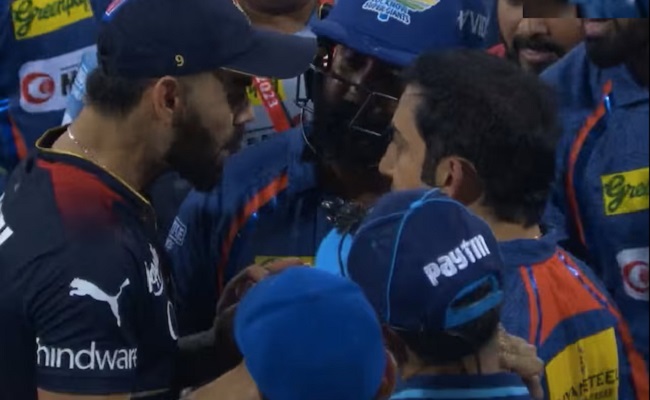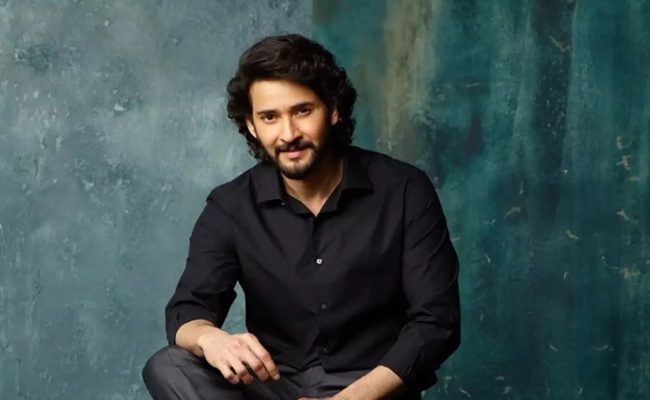
Team Sports are looked at as the most effective way to learn the values of teamwork and team spirit. Upholding the values and spirit during participation in one's sporting initiative is the essence of being ethical, good-mannered and upright. History has relayed to us about good finally prevailing over bad and the importance of living honourably and honestly.
These were great values when competition and tussle were not seen as the "be-all of existence". In the present context of "one plays to win", "winning is the ultimate goal" and "winning is what counts", the term sportsmanship is factually a misnomer.
From the day one takes up a sport, the need to become the best and the competitive spirit of seeking glory automatically ingrains itself into one's very core. In an individual sport, it is a straightforward outcome, whereas, in a team sport, it is much more complex. The battle to get into one's side and to establish one's place in it initially leads to competing with individuals who become teammates later.
In cricket, this one-upmanship starts from the school. Once one reaches the international level, the very traits, that one is falsely inculcated with like teammates or colleagues, become a part of the subconscious mind, which is buried deep within and surfaces when needed.
Fame and success become the fulcrum of one's journey and one uses others as stepping stones to achieve it.
The Virat Kohli and Gautam Gambhir spat seems to be a prime example of a historical past. Similarly, such exchanges of aggressive behaviour amongst international sportsmen are nothing new. One cannot condone such unruly and unsporting behaviour, especially in the viewership of the modern world.
However, every individual is not wired similarly. There is a Mahendra Singh Dhoni, a Roger Federer, a Bjorn Borg and on the other side is the boisterous spectrum of a Virat Kohli, a John McEnroe and a Nick Kyrgios. All of them are legends in their respective sports, however, their behaviour differs when their adrenaline is in full flow. Some athletes are able to refrain from showing emotions while others cannot control them.
The irony of it is that such unruly behaviour when playing cricket has been the bone of contention for so many players after their retirement. The famous words, "I should not have done it" and "What made me do it" one recollects later when one has either hung up one's boots for good or thought back at the incident. One then regrets having done it. It is always a spur-of-the-moment reaction, similar to when one loses one's temper. The tension that is within a player to do well or retaliate seems to erupt especially when the occasion arises. Controlling it in one's youth is pretty difficult.
When I look back today, I wonder if I could have ever fielded without any protection at the suicidal position of the forward short leg. Facing a barrage of short-pitch bowling from the speedsters and the daring of it was the naivety of youth.
On so many occasions when one was given out wrongly, there were times when one could not restrain oneself from muttering a few words of disapproval. Fortunately, in those days the coverage was not so magnified, and the stump microphones were not there. The language and disappointment of the cricketers of yesteryears were far more palpable than one hears at present.
One is amused, therefore, to hear and read the reaction of many of these older cricketers streaming words of wisdom today. It is then, one realises, that maturity comes with age. Youth makes one daring, aggressive and reactive. Rather than financial punishments to curtail it, cricketers need to be counselled.
The 'Spirit of Cricket Award' is an initiative of the International Cricket Council (ICC) to try and infuse the very ingredients of the game to be played between teams in the right spirit. Some who have done so in the past have been seen as weak individuals who lack the fighting spirit. That is why this award is not hugely celebrated.
One recollects the criticism that followed when India's then cricket captain, G.R. Vishwanath, withdrew the team's appeal against Bob Taylor in the Golden Jubilee Test match against England in Mumbai in 1982. India from a winning position went on to lose the match.
The famous law of a non-striker run out by the bowler at the time of his delivery is considered to be "not in the spirit of the game". However, the law permits it and apart from Ravichandran Ashwin, even, the Indian women's player Deepti Sharma utilised it to claim a wicket at a critical juncture.
However, the one who, in the league stage of a World Cup crucial match for the West Indies, refrained from doing so was their pace bowler Courtney Walsh against Pakistan in 1987 when Salim Jaffer was way out of his crease on the last ball of the match. West Indies failed to qualify, and Walsh's good gesture did not go down well with the rest of his team. The actions of Ashwin and Sharma got more coverage than the goodness of Walsh.
One, therefore, wonders whether the famous saying, "This is not cricket", has any true sense in today's world.
(Yajurvindra Singh is a former India cricketer. The views expressed are personal)














